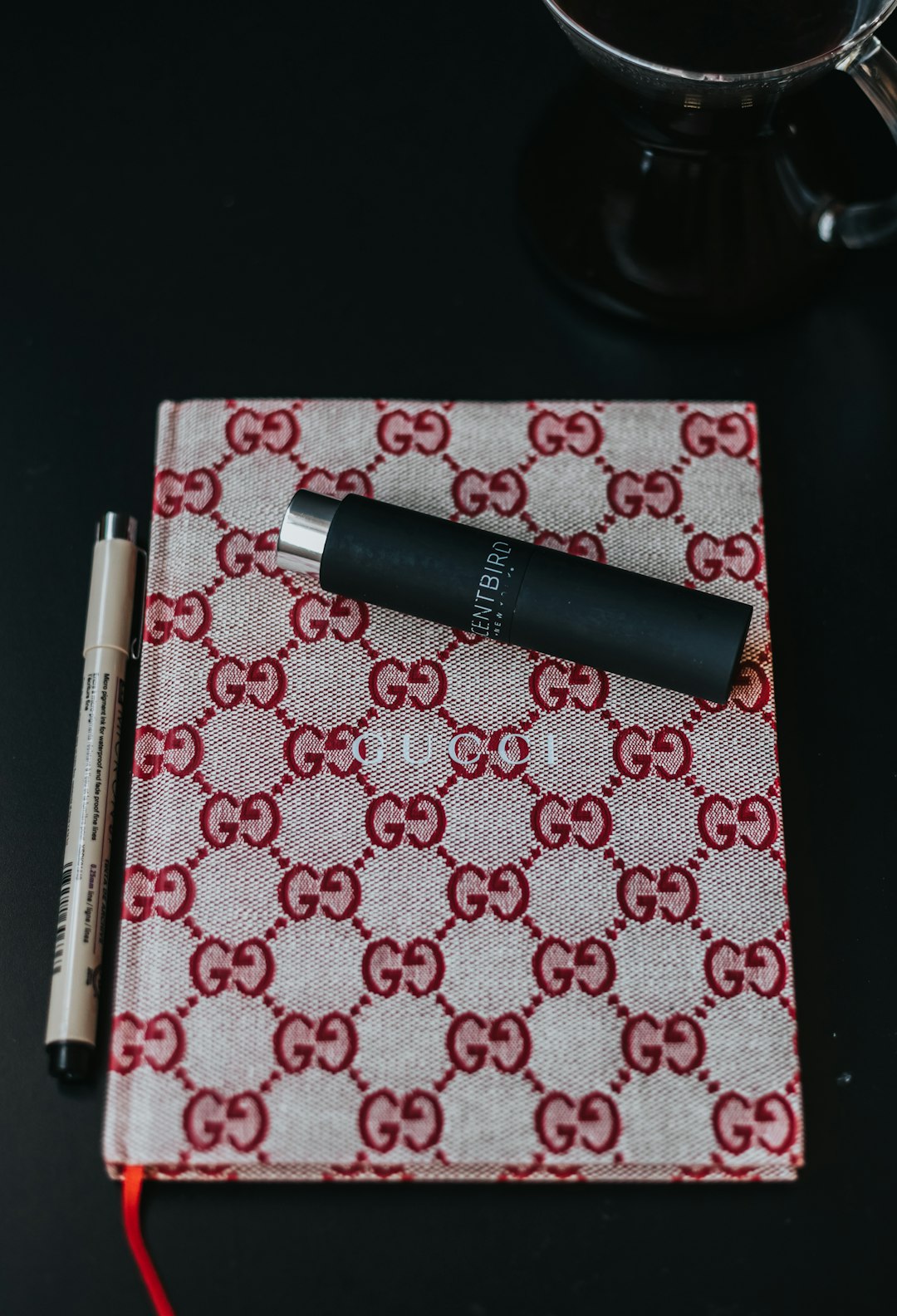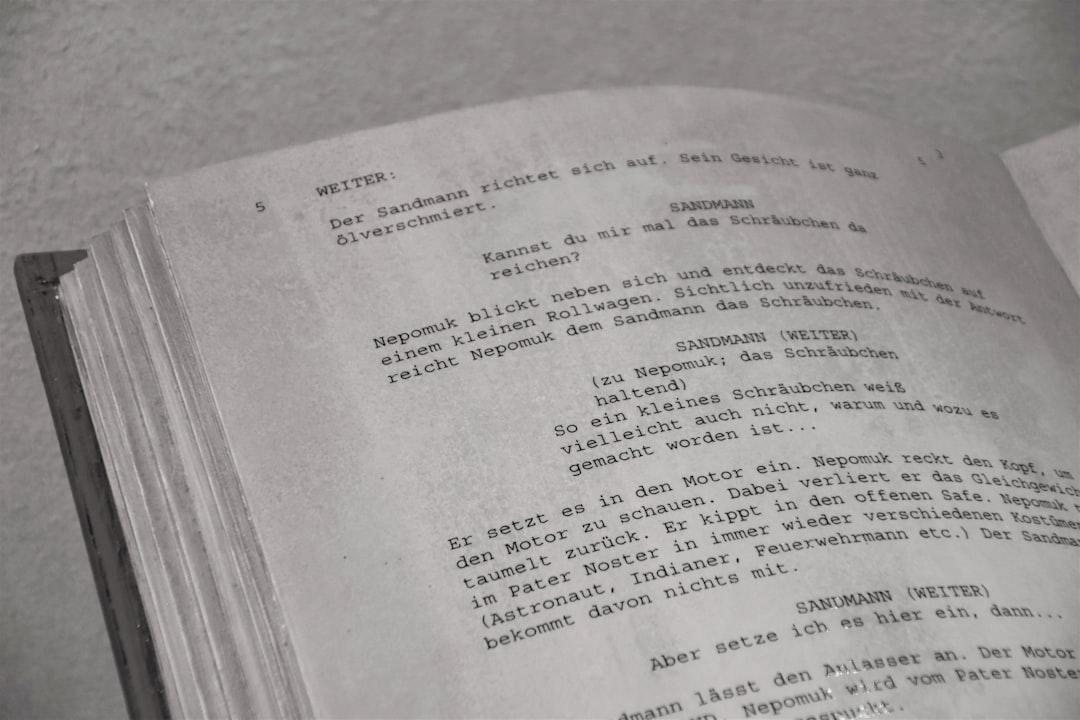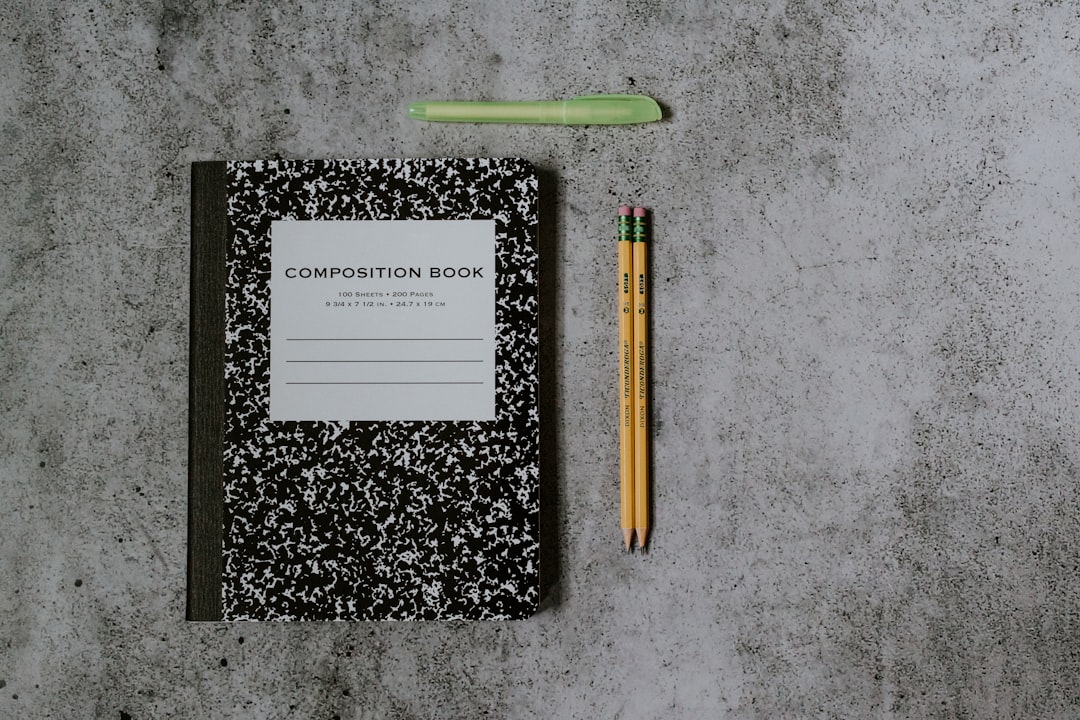Echo writing is a compelling technique used in various forms of creative writing, especially in dialogues and character development. When paired with a powerful large language model like Claude, echo writing can become an indispensable tool for enhancing storytelling, maintaining tone consistency, or emulating an existing voice with flair. In this guide, we’ll explore how to effectively use echo writing in Claude, giving you the confidence to integrate it into your own writing projects with clarity and precision.
Table of Contents
What is Echo Writing?
Echo writing is the art of mimicking or reflecting a specific voice, tone, or vocabulary style within a piece of writing. It’s especially useful in:
- Continuing a character’s voice from previous dialogue
- Maintaining consistency in collaborative writing environments
- Capturing the style of a famous author or well-defined narrator
When done right, it subtly reinforces the narrative voice without being repetitive or redundant.
Why Use Echo Writing Within Claude?
Claude, an AI by Anthropic built for thoughtful and coherent text generation, shines when given strong stylistic cues. Employing echo writing techniques can help users:
- Train Claude to understand and mirror specific voices
- Ensure consistency across long-form documents or dialogue-heavy scripts
- Speed up writing for established brands or fictional universes
This makes echo writing an exceptional tool for novelists, marketers, and screenplay writers alike.
[h2>Setting Up Echo Writing in Claude
To start using echo writing in Claude, follow this step-by-step method:
1. Provide a Reference Passage
Begin your prompt by giving Claude a clearly written passage in the style you wish to replicate. This excerpt should be sufficient in length — around 2-4 paragraphs is ideal — and should contain unique linguistic features, such as sentence structure, diction, and rhythm.
[p] [/p>
[/p>
2. Add a Clear Instruction
After the reference text, issue a directive such as: “Continue the passage in the same style and tone.” Or if you’re emulating a specific author: “Now write a new paragraph that sounds like [Author’s Name].”
3. Use Role-Specific Prompts
If you’re echoing dialogue from a character, shape your prompt like this:
The character speaks like this: "Well now, reckon I can't trust just anyone 'round these parts." Now, finish the conversation in the same tone.
Claude will analyze linguistic patterns and respond with a continuation that mirrors the original voice.
Examples of Echo Writing in Action
Emulating an Author
If you’re writing in the style of Ernest Hemingway, you may share a reference paragraph and instruct Claude to generate the next one. Claude often picks up on Hemingway’s short, declarative sentences and sparse descriptions quite effectively.
Creating Consistent Characters
In scripts or novels with strong personalities, echo writing ensures characters don’t suddenly sound off-tone. For instance, you can prompt Claude to continue a conversation from a grumpy detective or a whimsical child, and it will preserve the original attitude and rhythm.

Best Practices for Echo Writing with Claude
To get the highest quality results, keep these tips in mind:
- Be Specific: The clearer your example and prompt, the better Claude will echo it.
- Check for Drift: Sometimes Claude may slowly shift tone with longer passages. Monitor results and provide reinforcement prompts if needed.
- Chain Prompts: For longer compositions, break content into segments and echo-write each, feeding outputs back in sequentially.
- Use Style Tags: You can label sections by style (e.g., [formal], [sarcastic]) to guide Claude’s tone recognition.
When Not to Use Echo Writing
It’s important to know that echo writing is best reserved for situations that call for stylistic consistency. Avoid echo writing if:
- You need the AI to bring in fresh ideas or radically new voices
- The text relies on unpredictable rhythm and nonlinear plot progression
- You want Claude to surprise you with creativity, not mimic past patterns
Final Thoughts
Echo writing is a sophisticated yet accessible technique that can elevate your use of Claude from utility to artistry. Whether you’re drafting a fantasy epic, outlining marketing copy, or simply conducting an experiment in voice simulation, echo writing ensures coherence, authenticity, and style. Try it out in your next prompt and see how easily Claude mirrors your creative intent.





